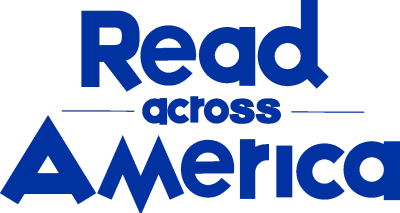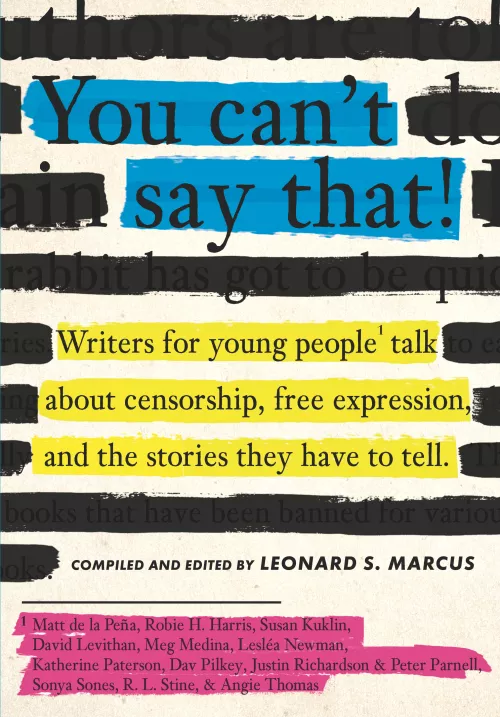Share this book
After reading You Can’t Say That, students may have more appreciation for the freedom of expression and those who help safeguard the right to read. But how much do they know and understand about how the books and curriculum that are in their own school get there in the first place?
Work with students to locate and examine the policies or guidelines for setting curriculum or book selection in your school or school district libraries and classrooms. Have them research what avenues are available to students to have a say in what they believe will most benefit their education.
Then have them set up interviews to ask classmates what they think high school students should read. Make sure they can share with their interview subject what they read right now in school, and who or what determines what is available or assigned to read. The outcome of these conversations should be ideas students can share about what kinds of books and instruction they believe to be necessary or desirable to help them become successful critical thinkers, decision makers, and communicators.
Questions for Discussion or Reflective Writing
- From reading these interviews, do you have the sense that authors were consciously pushing boundaries? If so, what did they hope to accomplish by doing so? Do you think they expected to be challenged or censored?
- How do you feel about the reasons books by these authors were banned? What is at stake when books are challenged? What–fundamentally–are the fights about the censored titles in this book really about?
- People sometimes respond negatively to books and may share their response using means ranging from bad reviews to outright attacks. What do you make of people who object to specific books that they have never read? How did the authors interviewed in this book react to campaigns to muzzle their work? What do you think of their approaches? Was any one approach the best?
- How is the author’s right to write–and the reader’s right to read–vital to democracy?
Related Resources
How To Fight Book Bans: A Tip Sheet For Students from PEN America
Banned Books Pop-Up Display Guide from Zinn Education Project
Understanding the First Amendment: A Guide for Teachers and Librarians from Random House
Censorship in the Classroom: Understanding Controversial Issues from Read Write Think
Watch this "You Can't Say That!" conversation with Leonard S. Marcus and Meg Medina
More Titles to Try
Stay on top of current education news



